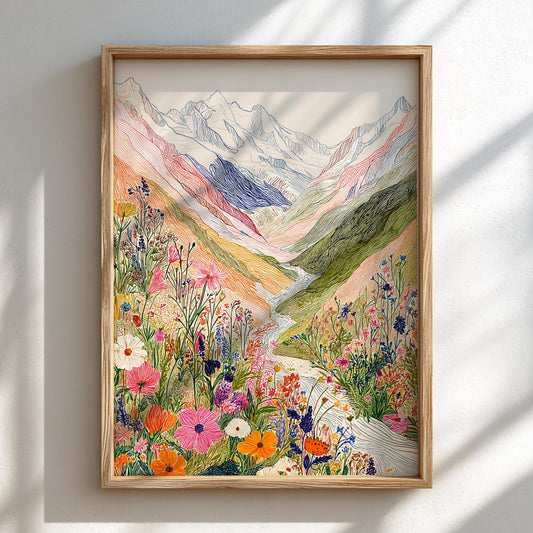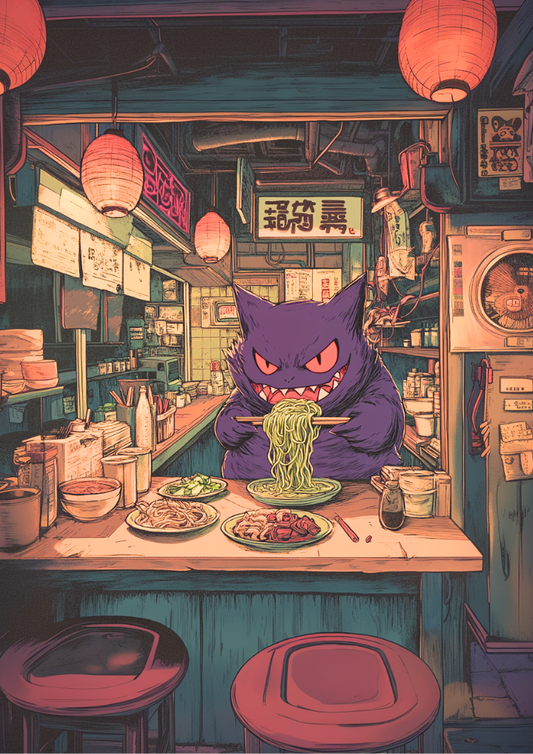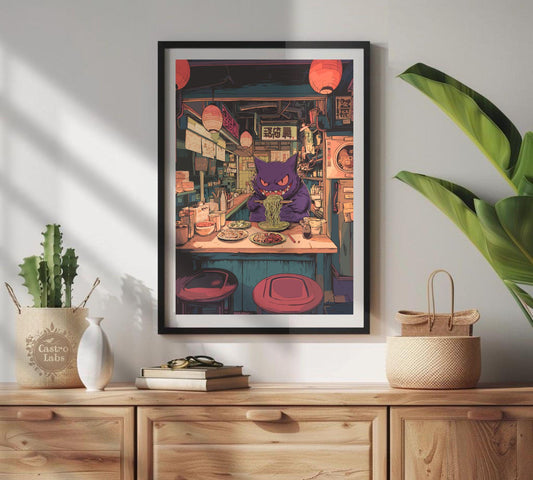The Best Cultural Experiences When Visiting Japan: A Journey Through Art and Tradition
Share
Japan is a country where ancient traditions and modern innovation coexist in perfect harmony. From its bustling cities to serene temples, Japan offers a rich cultural experience that is unlike any other. Whether you're an art enthusiast, history lover, or simply someone eager to immerse yourself in the unique customs of the country, Japan has something to offer everyone. In this article, we’ll explore the best cultural experiences to enjoy when visiting Japan, with a special focus on art and culture.

1. Visit Traditional Japanese Gardens
One of the most tranquil cultural experiences in Japan is visiting its traditional gardens. These meticulously designed spaces are reflections of Japan's aesthetic values, where nature and art come together. The Kiyosumi Teien Garden in Tokyo is one of the most famous gardens, known for its beautiful pond, stone lanterns, and breathtaking landscapes. Another exceptional garden is the Kenrokuen Garden in Kanazawa, which is regarded as one of the most beautiful in Japan due to its seasonal variety and perfect balance of trees, flowers, and water elements.
Walking through these gardens gives visitors a chance to pause, reflect, and experience the art of balance and harmony—principles deeply rooted in Japanese culture.

2. Explore Kyoto’s Temples and Shrines
Kyoto is often regarded as the cultural heart of Japan, home to some of the country’s most important and beautiful temples and shrines. The golden Kinkaku-ji (Golden Pavilion) and the striking Fushimi Inari-taisha with its thousands of red torii gates are just a few examples of Kyoto’s cultural treasures.
A visit to Kyoto offers a deeper understanding of Japan's spiritual and artistic heritage. Many of these temples house stunning works of art, including intricate wood carvings, Buddhist statues, and calligraphy that showcase Japan's artistic mastery. The tranquility and spiritual atmosphere found in these sacred spaces make Kyoto an essential stop for anyone wanting to experience Japan's cultural depth.

3. Experience Traditional Japanese Tea Ceremonies
The Japanese tea ceremony, known as chanoyu, is a centuries-old tradition that exemplifies Japan’s appreciation for nature, simplicity, and artistry. This ritualized process involves the preparation and presentation of matcha (powdered green tea) and is often accompanied by specific movements, utensils, and a meditative atmosphere.
While you can find tea ceremonies throughout Japan, the Urasenke Tea School in Kyoto offers some of the most authentic experiences. Participating in a tea ceremony is a chance to witness the grace and precision that characterize Japanese art and philosophy. The ceremony embodies principles of respect, harmony, purity, and tranquility—values that are deeply embedded in Japanese culture.

4. Admire Ukiyo-e Art in Museums
Ukiyo-e, a genre of Japanese woodblock printing, flourished from the 17th to 19th centuries and is one of Japan’s most iconic forms of art. These prints often depicted landscapes, kabuki actors, beautiful women, and scenes of daily life. When visiting Japan, don’t miss the chance to admire these masterpieces in art museums across the country.
The Tokyo National Museum and the Adachi Museum of Art in Shimane both house impressive Ukiyo-e collections. The famous works of artists like Hokusai and Hiroshige capture the beauty of Japanese culture through their bold lines, intricate details, and vibrant colors. Exploring these pieces offers insight into the aesthetics and philosophies of the Edo period and provides a glimpse into Japan’s evolving artistic landscape.

5. Attend a Traditional Kabuki Performance
Kabuki is a classical form of Japanese theatre that dates back to the early 17th century. Known for its highly stylized performances, elaborate costumes, and dramatic storytelling, Kabuki offers an immersive cultural experience like no other. The actors, trained in the art of Kabuki from a young age, perform with exaggerated movements and vocal styles that tell stories of loyalty, love, and betrayal.
The Minami-za Theatre in Kyoto and the Shochikuza Theatre in Tokyo are two of the best places to catch a live Kabuki performance. Watching a Kabuki play is more than just a performance; it’s an experience that brings Japanese history, art, and culture to life.

6. Discover Japanese Calligraphy (Shodo)
Japanese calligraphy, known as shodo, is the art of beautiful writing using a brush and ink. It is considered a form of artistic expression, where the brushstrokes themselves convey emotion and meaning. If you’re fascinated by the written word, consider participating in a calligraphy workshop where you can try your hand at creating your own beautiful characters.
Many cultural centers, such as the Ink Studio in Tokyo, offer workshops that teach the basics of shodo, from mastering basic brushstrokes to understanding the philosophy behind this art form. Learning calligraphy in Japan provides a deeper understanding of the country's reverence for precision, grace, and artistry.

7. Explore the Art of Japanese Pottery
Japan is known for its distinctive pottery, which has evolved over centuries in various regions of the country. From the rustic and earthy styles of Shigaraki ware to the refined porcelain of Arita, Japanese pottery offers a window into the country’s diverse artistic traditions.
A visit to pottery towns like Mashiko or Arita provides an opportunity to see artisans at work, explore galleries, and even purchase handmade pottery. These regions offer not only beautiful pieces of art but also an immersive experience in the artistry and craftsmanship that are central to Japanese culture. If you’re drawn to the beauty of Japanese art, be sure to check out some of our stunning Japanese-inspired posters, available now at Brighton Posters. Add a touch of Japan’s artistic elegance to your space!

Conclusion
Japan’s rich cultural heritage, from traditional tea ceremonies to ancient art forms like Ukiyo-e and Kabuki, provides endless opportunities for visitors to explore and appreciate the country’s artistic legacy. Whether you’re admiring the tranquil beauty of Japanese gardens, immersing yourself in the spiritual art of Kyoto’s temples, or experiencing the elegance of shodo calligraphy, Japan offers a truly unparalleled cultural experience. So, if you're planning a trip, don’t miss the chance to dive into Japan’s captivating world of art and culture—you’ll return home with memories that will last a lifetime.








